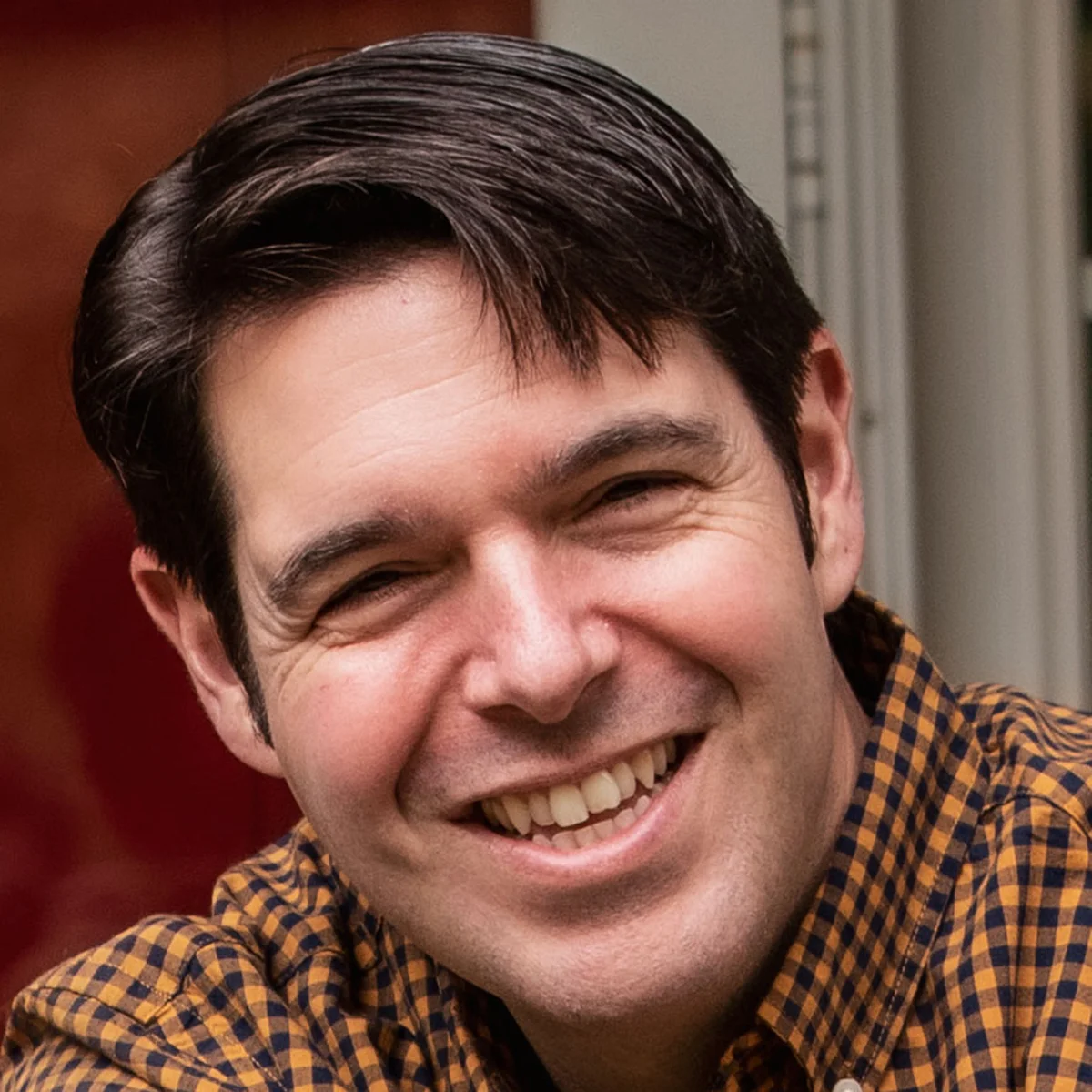The University of Rhode Island College of Arts and Sciences saw the largest growth in new faculty this year, with 25 new hires making up almost half of the 61 new faculty in the various schools and departments across the university.
The 25 new hires are a mix of both permanent and temporary faculty, with 13 new assistant professors, six temporary lecturers, four visiting professors and two tenure professors, according to the Office of the Provost.
Of the new faculty, over a quarter went to the Harrington School of Communication and Media, housed within the College of Arts and Sciences. Six new faculty were hired across the school’s multiple majors, including two tenure professors: Dan Hunt, a journalism professor, and Molly Yanity, a professor of communication studies and sports media and communication.
Hunt is also the chair of the newly-merged department of journalism and public relations , and oversees the almost 400 students that make up the two majors.
“It’s a really exciting time,” Hunt said. “What [the numbers] tell me is that we’re investing in the Harrington majors and in the communication field, which to me is so important.”
The College of Arts and Sciences currently has over 4,600 students enrolled, 78 different programs and 350 faculty members, making it the largest college at URI, according to the school’s website .
Jeanette Riley, dean of the College of Arts and Sciences, said that while their hiring numbers dipped during the pandemic, the college is seeing steady numbers with incoming and outgoing faculty.
“When you see growth in one major, sometimes you’re seeing decline in another,” Riley said.
Computer science is a major that has seen steady growth over the past 10 years at URI, tripling its numbers from 2013 to 2023, according to the university’s Office of Institutional Research .
However, the program dipped this year, according to Riley. She attributed this to recent tech market layoffs.
While computer science is dipping, political science is on the rise, which Riley said is not uncommon for an election year. The major saw spikes in enrollment in 2012, 2017 and 2020, with 2024 being its largest enrollment year since 2009, according to the Office of Institutional Research.
Both computer science and political science received two new faculty this year. Political science received two new assistant professors, while computer science received one assistant professor and one temporary lecturer.
Departments that saw the most growth in professors included political science, computer science, profession and public writing, economics, gender and women’s studies, languages, and biology, according to the Office of the Provost. Each department had two new faculty starting at the beginning of the fall semester.
While the College of Arts and Sciences saw the largest number of hires, the College of Environmental and Life Sciences and the College of Health Sciences also saw an influx of new faculty. Environmental and Life Sciences hired 10 new faculty and Health Sciences hired 11.
Following the increase in faculty within the College of Arts and Sciences, Hunt hopes to continue such growth beyond his department.
“There’s always a learning curve in any new environment,” Hunt said. “So far, it’s been going really well. I’m now reaching out and trying to meet as many people as I can that are within Harrington.”
While the new hires are still settling in, Riley has already begun her search for next year’s potential new faculty, looking to fill gaps in both teaching and research professors.
“When you look at hiring a faculty line it’s not just about the teaching,” Riley said. “It’s also about the research mission, it’s about the service that needs to happen, it’s a mix. You put together the puzzle pieces to figure out what works best for the institution and what will drive you forward.”





